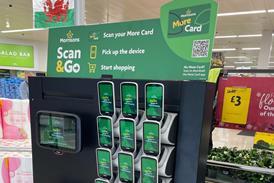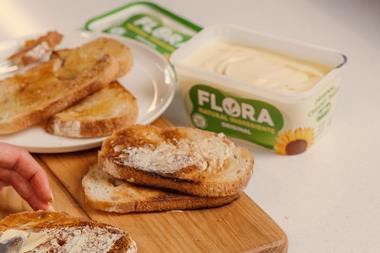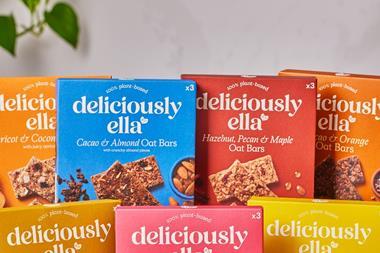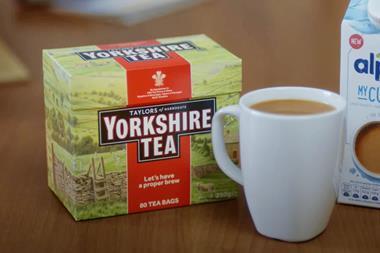
Most fmcg companies of scale and ambition talk a lot about focusing on the consumer. But even now, it is rarer for them to devote as much attention to the shopper. This is risky, because it is the shopper who spends the money that they are trying to attract.
The best companies focus equally on shopper and consumer. They are as obsessive about designing packaging, merchandising and point-of-sale that works for the shopper, as they are about designing products that work at home for the consumer.
So how can you set your company up to be as shopper-driven as you are consumer-driven?
First, keep a clear picture of how UK grocery shopper behaviour is changing. Have shoppers ever held more power than now? Have they ever had so many options? They can stick with large supermarkets out of town, they can go to convenience stores and discounters, they can subscribe on Amazon. They can tap up Gousto, Getir or Gorillas, or opt for hot food with Deliveroo and Uber.
This is a volatile situation. Understanding the size and growth of these channels, for your categories and brands, is critical. Understanding how to win within the channels you prioritise is equally critical. It is not just about maximising the sales opportunities. It’s also about having an up-to-date view on these dynamics, to retain credibility with your existing customers.
Second, see things as the shopper sees them. Our brands and categories are far less important to shoppers than they are to us. We look at things very closely, with a lot of technical and marketing knowledge. Shoppers do not. Shoppers employ (often unconscious) mechanisms to get the shopping task completed. To win at the point of purchase, these mechanisms have to be well understood. Packs, messaging and marketing have to be instantly recognisable, easy to process and effective at ‘nudging’ the shopper to purchase. Because they get too close to their brands, and because they are not seeing things as shoppers see them, many companies over-complicate things and fail to secure purchase as effectively as they could.
Thirdly, maintain quality dialogue with retailers. For example, it will be very hard to win effectively with Tesco’s shoppers, if you don’t understand what Tesco is trying to achieve corporately. Equally, Tesco needs to hear from you about what works with shoppers in your category.
Recently, some companies have been finding it harder to secure buyers’ time for quality conversations about this. In order to do that, it is essential that you have shopper credibility. To devote the time, the buyer will need to believe that you offer genuine knowledge of what works for shoppers in your categories, and why it works. Without this, you risk becoming just another supplier of goods.
So how to win with shoppers? Keep on top of how channels are changing. See things as shoppers see them. And maintain quality dialogue with retailers by demonstrating shopper credibility.















No comments yet